Christmas is a time for joy, celebration, and creating moments that linger in memory. One of the most magical ways to bring holiday cheer into your home or event is through Christmas floral designs. Whether you’re decorating a table, adorning a mantel, or transforming a space into a winter wonderland, floral arrangements add a touch of elegance and warmth. From traditional wreaths to modern centerpieces, there’s something for every taste and style. This article delves into the secrets of crafting Christmas floral designs that wow, offering tips, trends, and ideas to inspire your creativity. Discover how to incorporate symbolic flowers, apply the 3:5-8 rule for balance, and create DIY arrangements that last a lifetime. Get ready to unlock the full potential of Christmas floral designs and make this holiday season your most beautiful one yet!
Key Takeaways
- Choose Vibrant, Seasonal Flowers: Opt for poinsettias, cyclamens, and lilies to elevate your Christmas floral designs.
- Arrange Flowers Creatively: Combine large and small varieties in centerpieces or vases for visual appeal.
- Enhance with Lighting: Use string lights or candles to create a cozy ambiance.
- Add Decorative Elements: Spruce up your display with ribbons, bows, and golden accents.
- Select Stylish Containers: Choose decorative vases or urns with seasonal motifs.
- Position Thoughtfully: Place your display in high-traffic areas like entryways or living rooms.
- Maintain Regularly: Keep flowers hydrated, prune dead blooms, and trim stems for longevity.
- Incorporate Greens: Add natural touches with pinecones, ivy, or wreaths.
- Experiment with Colors: Mix traditional red, white, and gold with modern blues or silvers.
- Personalize: Customize your display with family photos or vintage pieces for a unique touch.
- Mexican Poinsettia: Ideal for festive displays due to its vibrant bracts.
- Cyclamen: Perfect for holiday arrangements with its colorful hues.
- Paperwhite Narcissus: Blooms beautifully in winter, ideal for bulbous displays.
- Amaryllis Bulbs: Renowned for their large, colorful blooms.
- Christmas Cactus: Adds greenery and winter blooms to your decor.
- Draw Christmas Flowers: Create stunning illustrations with step-by-step guides, starting with the basic shape and detailing petals for a realistic touch.
Most Common Floral Arrangement for Christmas
The most common floral arrangement for Christmas centers around the poinsettia plant. Known for its vibrant colors and festive appearance, the poinsettia is a staple in holiday decorations. Available in shades of red, pink, and white, these plants are versatile enough to complement both traditional and modern Christmas themes.
Poinsettias are favored for their ease of care and long-lasting beauty, making them ideal for both small-scale decorations and grand displays. They are often used as centerpiece accents, window sill decorations, and as part of larger floral arrangements. Their availability during the holiday season ensures they are a go-to choice for many decorators.
Whether arranged in a simple bowl, incorporated into a wreath, or used to create a striking centerpiece, the poinsettia remains a beloved option for Christmas floral arrangements. Its association with the holiday season adds to its appeal, making it a symbol of Christmas cheer and tradition.
The 3:5-8 Rule in Floristry
The 3:5-8 rule is a simple yet effective guideline used in floristry to create balanced and visually appealing floral arrangements. This rule helps florists maintain harmony in their designs, ensuring that the composition looks neither too tall nor too wide.
To apply the 3:5-8 rule:
- Start by selecting three stems or flowers as the base of your arrangement.
- Add five stems or flowers around the central stem to create a full and rounded look.
- Ensure the total height of the arrangement does not exceed eight inches or approximately 20 centimeters.
This rule works well for medium-sized bouquets and is particularly useful when designing symmetrical or vase-based arrangements. By following the 3:5-8 rule, florists can easily create balanced compositions that are both aesthetically pleasing and functional.
What Flower Symbolizes Christmas?
The poinsettia is one of the most iconic flowers associated with Christmas. Its vibrant bracts, available in shades of red, white, and pink, resemble the Star of Bethlehem, symbolizing guidance and hope.
Mistletoe is another traditional Christmas symbol, often hung on doors and seen as a sign of good luck and love during the holiday season.
The white rose is also widely recognized as a Christmas symbol, representing purity and love, particularly in European traditions.
Holly leaves, with their dark green foliage and bright red berries, are commonly used in Christmas decorations to bring color and life to winter homes.
How to Make a Christmas Flower Display
To create an eye-catching Christmas flower display, follow these organized steps:
- Choose the Right Flowers: Select vibrant, seasonal flowers like poinsettias, cyclamens, and lilies. These are popular for their festive colors and long-lasting blooms.
- Arrange the Flowers Creatively: Group flowers in a centerpiece or arrange them in vases for a mantel. Mix large and small varieties for visual interest and different textures.
- Add Lighting: Enhance the display with string lights or fairy lights wrapped around stems for a cozy ambiance. Place candles nearby for added warmth.
- Decorate with Ribbons and Bows: Use red and gold ribbons tied around stems and add golden accents with spray paint for a shimmering effect.
- Select the Container: Use a decorative vase or urn with a seasonal design, like Santa or snowflakes. Place it on a decorative tray with greenery for extra flair.
- Position the Display: Place it in a visible spot, such as the entryway or living room, to ensure it’s enjoyed by everyone.
- Maintain the Display: Keep flowers hydrated and remove dead blooms regularly. Recut stems to extend their lifespan and adjust the display as needed.
- Incorporate Greens: Add seasonal elements like pinecones or ivy to fill gaps and create a natural touch. Consider making a wreath for the base.
- Consider Color Scheme: Stick to traditional red, white, and gold, but experiment with blues or silvers for a modern twist.
- Personalize the Display: Add family photos or personalized messages for a heartfelt touch. Use vintage pieces as props to enhance the display’s uniqueness.
By combining these elements thoughtfully, you’ll create a festive and memorable Christmas flower display that captivates anyone who sees it.
Typical Flowers Used as Christmas Decorations
The following flowers are commonly associated with Christmas decorations due to their availability, vibrant colors, and seasonal significance:
- Mexican Poinsettia – Known as the “Christmas Flower,” it’s popular for its bright red bracts and timely bloom during the holiday season.
- Cyclamen – Available in various colors, including red and pink, cyclamens are often used in holiday floral arrangements for their festive hues.
- Paperwhite Narcissus – These bulbous plants are favored for winter displays, blooming just in time for December.
- Amaryllis Bulbs – Renowned for their large, colorful blooms, amaryllis are a favorite holiday gift and decoration choice.
- Christmas Cactus – Though technically a succulent, it’s widely used in holiday displays for its green foliage and winter blooms.
How to Draw a Christmas Flower Step by Step
Learning how to draw a Christmas flower like a poinsettia can be a fun and rewarding artistic project. Here’s a step-by-step guide to help you create a beautiful representation of this festive plant:
- Start with the Basic Shape
- Add the Lower Bracts
- Sketch the Leaves
- Detail the Petals
- Draw the Stem and Roots
Begin by sketching a rounded, heart-shaped base. This will serve as the foundation for your poinsettia.
Next, draw several small, oval-shaped bracts around the base of the plant. These will give your poinsettia its characteristic texture and depth.
Now, add the leaves. You can draw a few larger leaves at the top, varying their sizes and shapes for a more natural look. Consider adding smaller leaves towards the bottom for dimensionality.
For the flowers, start by drawing a central petal. Then, add overlapping petals around it, allowing them to slightly recede to create a three-dimensional effect. Each petal can be drawn in a slightly different orientation for added realism.
Finally, add a simple stem and roots at the bottom of your drawing. Even though they may not be fully visible, this adds depth to your illustration.
Once your drawing is complete, you can enhance it by adding shading and color. Use warm colors for the petals and cooler tones for the leaves to mimic the natural beauty of a real poinsettia.
Conclusion
Practicing these steps will help you develop your skills in drawing Christmas flowers. Remember, creativity is key, and you can always customize your design to reflect your personal style!

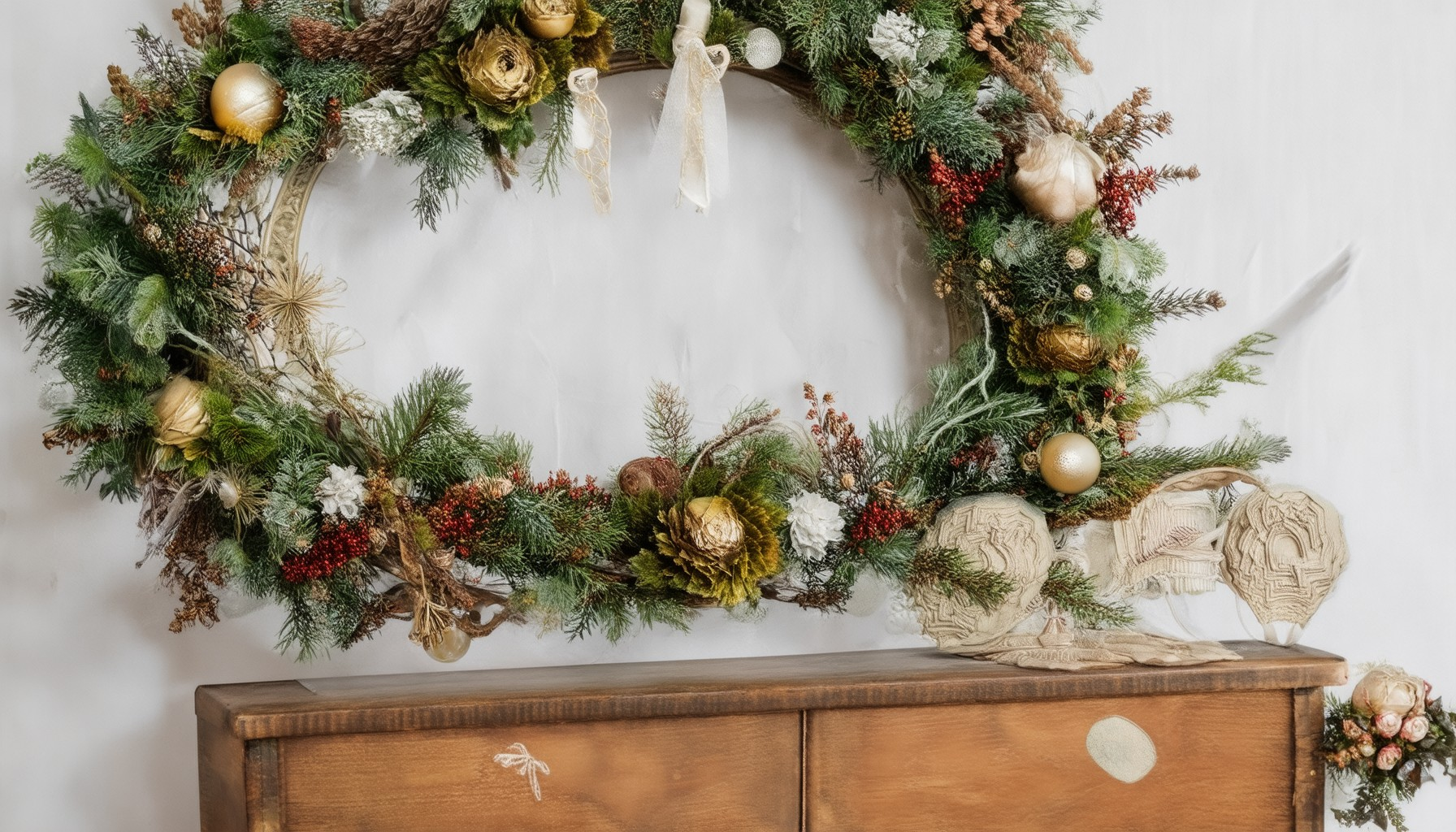
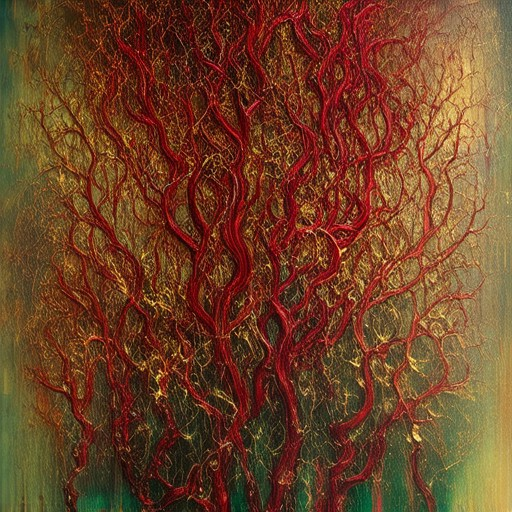
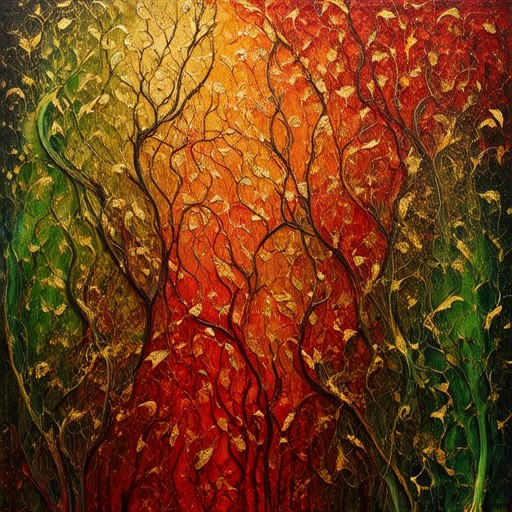
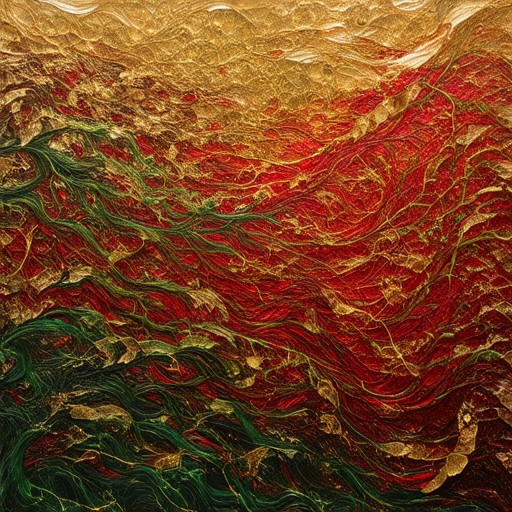
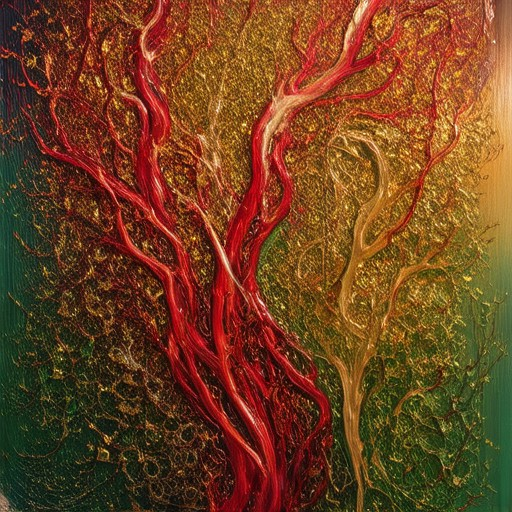
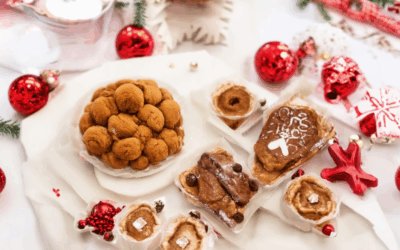
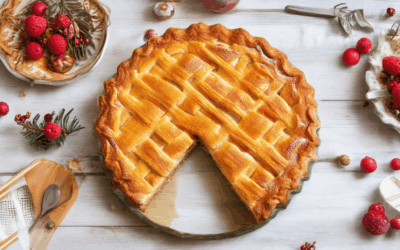

0 Comments